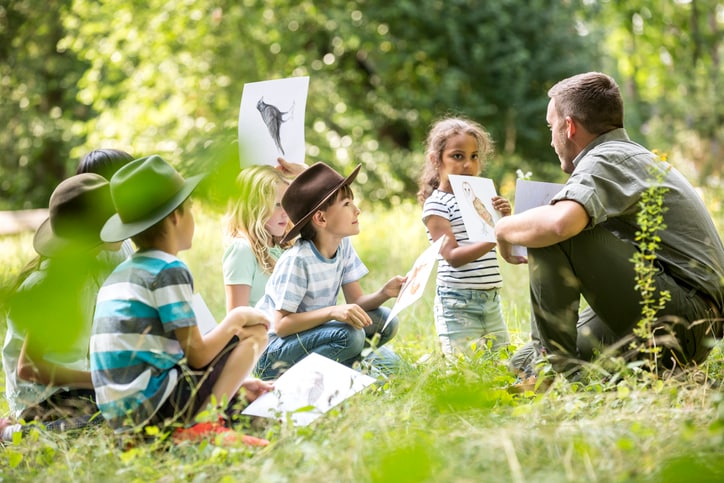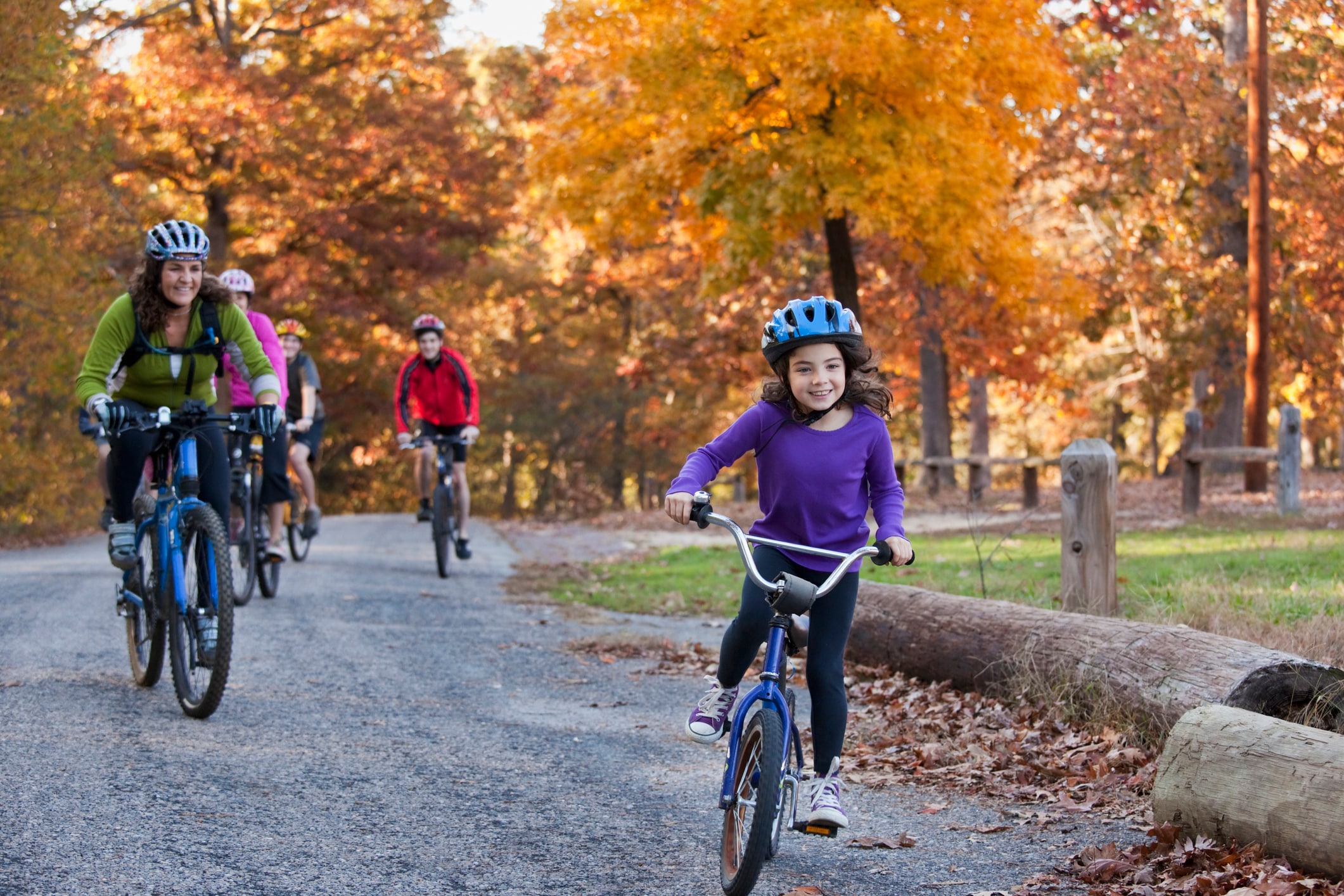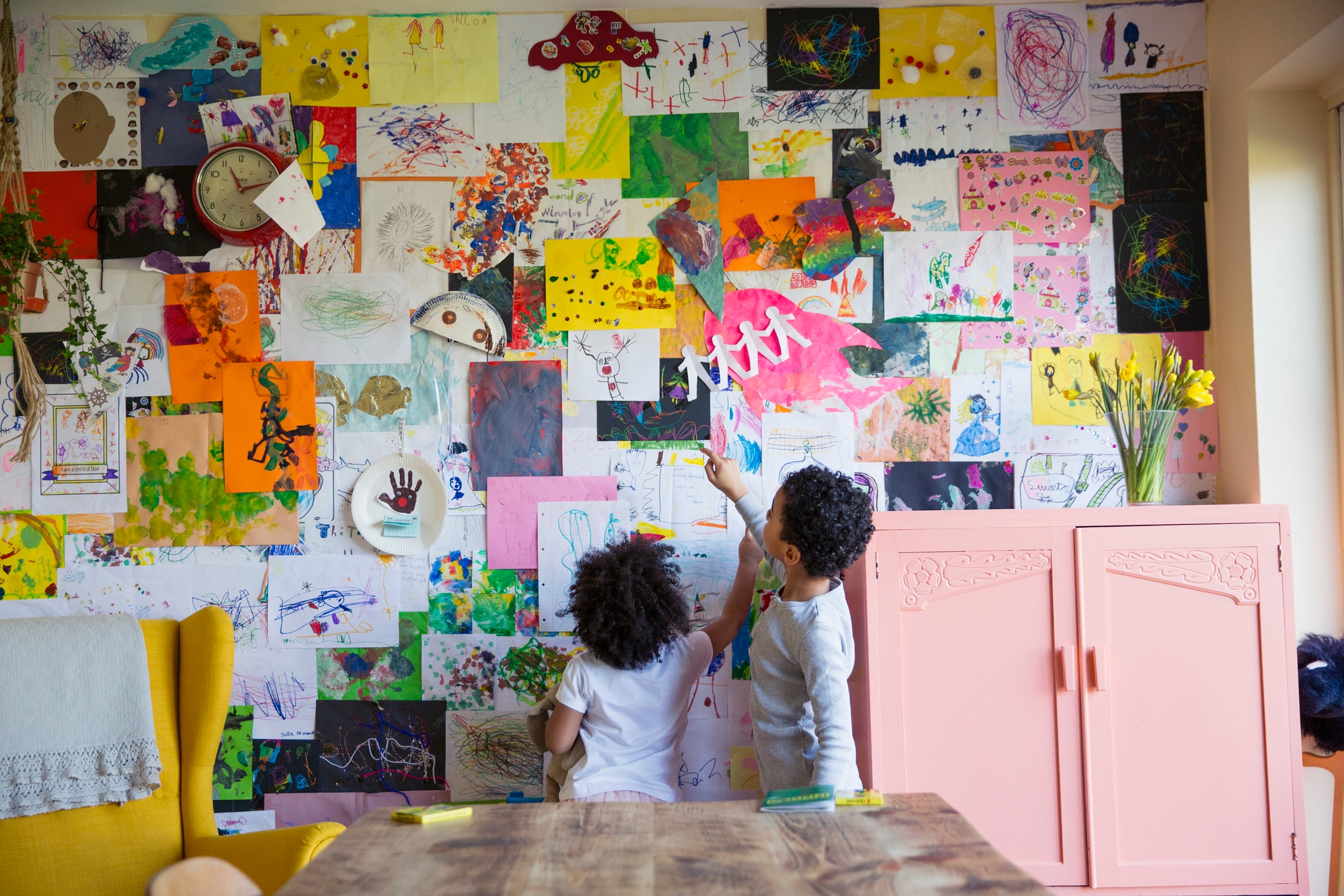With strong research backing the benefits of kids spending time outdoors, it’s no wonder that nature-based preschools – preschools where children spend a large portion of the school day outside – can now be found in nearly every state. In fact, the number of nature-based preschools more than doubled from 2017 to 2020, according to Natural Start Alliance, a group focused on increasing access to high-quality education that includes nature and the environment. But choosing a nature preschool comes with much more than just the benefits of clean air and sunshine for kids.
“Sometimes people hear nature-based, and they think it’s a free-for-all,” explains Rachel A. Larimore, author of “Evaluating Natureness: Measuring the Quality of Nature-Based Classrooms” who holds a doctorate in curriculum, instruction and teacher education. “Yes, there is a lot of time outside, but what makes a program nature-based is that [educators] have centered nature in the curriculum. Students have frequent outdoor experiences, and those experiences in nature become foundational in their learning.”
Here, experts explain what it means to enroll in a nature-based preschool and the key components of a nature-centered program so you can get a sense of what to expect when choosing this type of early childhood education.
What is a nature preschool?
The term “nature preschool” collectively refers to nature-based preschools, forest kindergartens and outdoor preschools, according to Natural Start Alliance. However, these terms all come with different perspectives, explains Larimore, who is also the founder of Samara Early Learning, an organization that guides educators who want to start a nature-based school or add nature into their existing curriculum.
Nature-based preschools
“Nature-based preschools are licensed early childhood programs for 3-5-year-olds where at least 30% of the class day is held outside,” explains Larimore. The term “nature-based preschool” is unique to the United States, she adds, and it actually originated from the term “nature center preschool.”
“A lot of these preschools actually started inside nature centers when they gained popularity in the ‘60s and early ‘70s,” Larimore says. “They started with that environmental movement, and that’s why you’ll still see that many nature-based preschools have indoor classrooms as well.”
“Just last week, my daughter said they went on a scavenger hunt, fed chickens, helped place markers on the trails and helped prepare their snack. I also saw them being encouraged to roll down a gentle hill and pick apples.”
— Elise Ramsbottom, parent whose child attends Dodge Natural Preschool in Minnesota
Forest preschools
“Forest preschools are very similar to nature-based preschools in that they typically serve 3-5-year-olds,” Larimore says. “But when you hear the term ‘forest preschool,’ they are outside at all times, and they do not have a building at all.”
Forest schools have their roots in Scandinavian educational tradition. To protect students from the elements, they often have an outdoor shelter-like structure rather than a building, which was custom in Europe where these programs were entirely outside, Larimore explains.
Join Care for free
Outdoor classrooms
In recent years, programs like Nature Explore have gained popularity to help traditional schools create a new outdoor classroom or redesign an existing playground to become a nature-rich learning environment.
“I have been so lucky to teach in a classroom with direct access to a dedicated outdoor space,” says Annie Bellettiere, a preschool teacher based in Charleston, South Carolina who teaches at a school with an outdoor Certified Nature Explore Classroom. However, bringing the outdoor experiences inside is what creates a true nature-based learning environment, she explains.
“Inside the classroom, we invite the children to do observational drawings of the flowers in our garden,we look at found nature items under our digital microscope, and we go to the school library to research things that interest us,” adds Bellettiere.
What you can expect your child to do at a nature-based preschool
So how exactly does learning play out in a nature-based preschool? From day-to-day routines to curriculum, here’s what parents can expect when they choose a nature-based program or a school with an outdoor classroom used for nature-based learning.
Lots of time outdoors (of course)
“I loved that when we went for a meet and greet, we were handed an information sheet on how to dress her for different weather rather than a traditional supply list,” says Elise Ramsbottom who enrolled her 4-year-old daughter at the Dodge Nature Preschool in St. Paul, Minnesota this year. “The supply list included things like rain pants, waterproof gloves and snow boots.”
On a typical day, Ramsbottom’s daughter spends at least two-thirds of her day outdoors. “I know they come in for a snack, but if the weather is decent, they’re outside,” she says. “If they’re outside, they’re drawing, going on hikes, visiting the farm animals or playing with the various equipment in the large fenced-in yard. Just last week, my daughter said they went on a scavenger hunt, fed chickens, helped place markers on the trails and helped prepare their snack. I also saw them being encouraged to roll down a gentle hill and pick apples.”
“The woods are our classroom. The students engage with the natural world in a very tangible way, and we use the natural world as a way to learn about the world around us.”
— Sarah Crim, education director and lead teacher at Woodland Wonders Nature Preschool
A curriculum based on outdoor experiences
“There are many different interpretations and ways of having a school be nature-based,” says Sarah Crim, education director and lead teacher at Woodland Wonders Nature Preschool in Auburn, Alabama, which is an all-outdoor, all-day program. “The woods are our classroom. The students engage with the natural world in a very tangible way, and we use the natural world as a way to learn about the world around us.”
Crim’s teachers use an emergent curriculum, which means that they observe the children’s interests, then design lessons for the students. For example, one season, her students found mushrooms growing in the woods which piqued their interest. “We spent the next month or so learning all about mushrooms; their colors, shapes, we cooked with mushrooms (from the store), we did experiments to grow fungi, we made mushroom counting books, we read books about them and more,” says Crim.
An emergent curriculum is common among nature-based preschools and shares many similarities with programs that utilize the Reggio Emilia approach to learning, which is focused on learning through play.
“When people walk into a nature-based program, they will often think it’s a Reggio program,” Larimore says. “But you can be nature-based and also Reggio, Montesorri or Waldorf-inspired. It’s just another layer. The overlap is being place-based which is key to nature-based programs, as well as those approaches.”
Environmental and early childhood education
“When you think about the natural sciences, the possibilities are endless in an outdoor space,” points out Bellettiere. “Through observing birds, butterflies or snails in their natural habitat, we explore biodiversity. This also helps foster respect for the natural world and a sense of civic responsibility.”
Mike Ware, a father of two children who attended nature preschool at the Chippewa Nature Center in Midland, Michigan, found that nature school benefited his two children physically and mentally. Plus, “their understanding of science amongst other classes has been exceptional because they have experienced it as well as being taught it,” says Ware.
How to find a nature-based preschool near you
If you’re beginning to look for a nature preschool in your area, check out Natural Start Alliance’s interactive map of nature-based schools, advises Crim.
Then, you’ll want to be sure you’re asking the right questions, because there are no official accreditations a school must have to be considered nature-based, says Larimore.
A few questions she recommends asking to get a good indicator of how nature-based a school’s program is:
- “How often are students outside?”
- “Do they go out in all weather?”
- “How do they use their time outside for learning?”
- “How is nature incorporated into the classroom?”
The bottom line
Nature-based preschool programs are a unique way for young kids to learn and explore, and they’re available in nearly every part of the country. But knowing what to look for in a nature preschool and what questions to ask is key.
“You can be in a city and be a nature-based program, or you can be in the woods and not be a nature-based program,” points out Larimore. “The difference is how the experiences outside are integrated into students’ learning, so it comes down to parents being wise consumers and researchers to find out how a program works.”
By putting these tips to work for you, you can easily zero in on a nature-based program that’s the right fit for your child.





